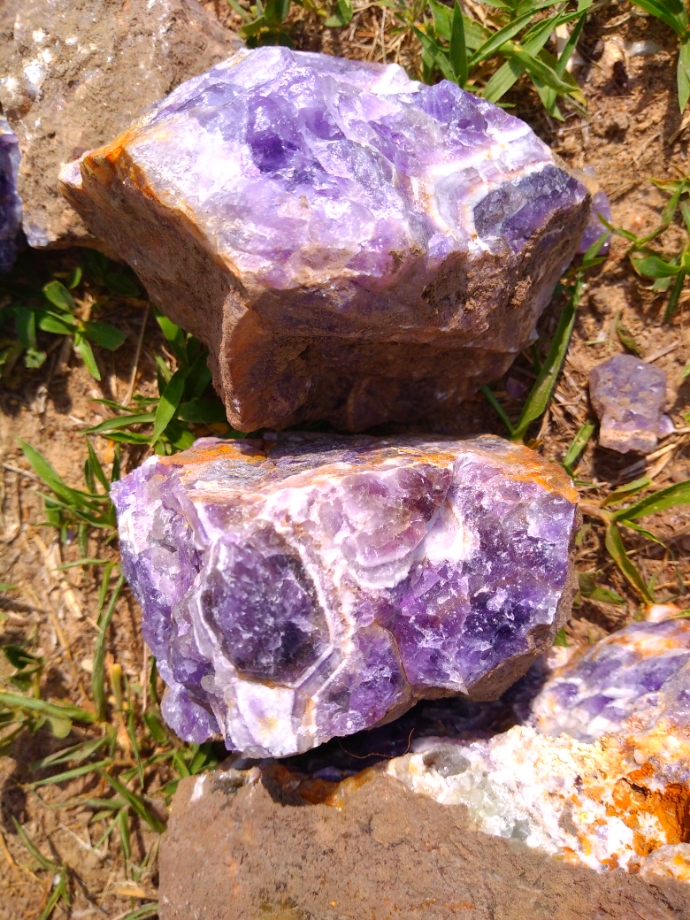Fluorite Overview
Fluorite, also known as fluorspar, is a colorful mineral composed of calcium fluoride (CaF₂). It is one of the most popular and widely used industrial minerals, prized for its diverse applications and vibrant range of colors, which can include shades of green, purple, blue, yellow, and colorless. This mineral is not only significant in industrial uses but also highly sought after by collectors due to its aesthetic appeal.
Properties of Fluorite
- Chemical Composition: Fluorite is made up of calcium and fluoride ions, with a chemical formula of CaF₂.
- Crystal Structure: It crystallizes in the isometric system, typically forming cubic or octahedral crystals. Its structure gives it perfect octahedral cleavage, which allows it to break smoothly.
- Hardness: On the Mohs scale of mineral hardness, fluorite rates a 4, making it relatively soft compared to other minerals.
- Color: Fluorite is famous for its wide array of colors, often displaying a unique zoning effect. These colors can result from the presence of trace elements and impurities.
Uses of Fluorite
- Industrial Applications: Fluorite is primarily used in the production of aluminum, gasoline, and uranium. It serves as a flux in the steel and aluminum industries, helping to lower the melting point of raw materials and remove impurities.
- Manufacturing of Hydrofluoric Acid: Fluorite is the primary source of hydrofluoric acid (HF), a crucial chemical used in various industrial processes, including the production of fluorinated chemicals, refrigerants, and plastics.
- Optical Components: Due to its low refractive index and high transparency, fluorite is used in the manufacturing of high-quality optical lenses for cameras, microscopes, and telescopes.
- Fluorescent Lighting: Fluorite has applications in the production of fluorescent lights, contributing to their efficiency and brightness.
- Jewelry and Decorative Items: Its beautiful colors and crystal formations make fluorite a popular choice for gemstone jewelry and decorative objects.
Global Production and Mining
Fluorite is mined in several countries worldwide, with significant production in China, Mexico, and South Africa. The mining process typically involves open-pit methods to extract the mineral from its deposits.
- China: The largest producer of fluorite, contributing a significant percentage of the world’s supply.
- Mexico: Known for high-quality fluorite, particularly in vibrant colors.
- South Africa: Another major source, producing large quantities of fluorite for industrial use.
Environmental Considerations
The mining and processing of fluorite can have environmental impacts, such as habitat destruction and water pollution. As with other minerals, sustainable mining practices are crucial to minimize these impacts and ensure responsible extraction.
Conclusion
Fluorite is an essential mineral with diverse applications ranging from industrial use to optical technology and decorative arts. Its striking colors and crystal forms make it a favorite among collectors, while its industrial significance ensures it plays a crucial role in various manufacturing processes. As global demand for fluorite continues, responsible mining and sustainable practices will be essential for balancing industry needs with environmental protection.

